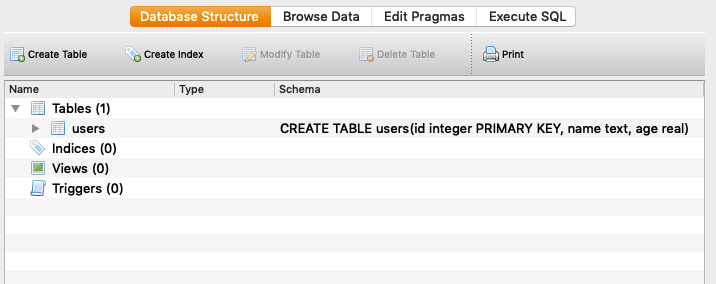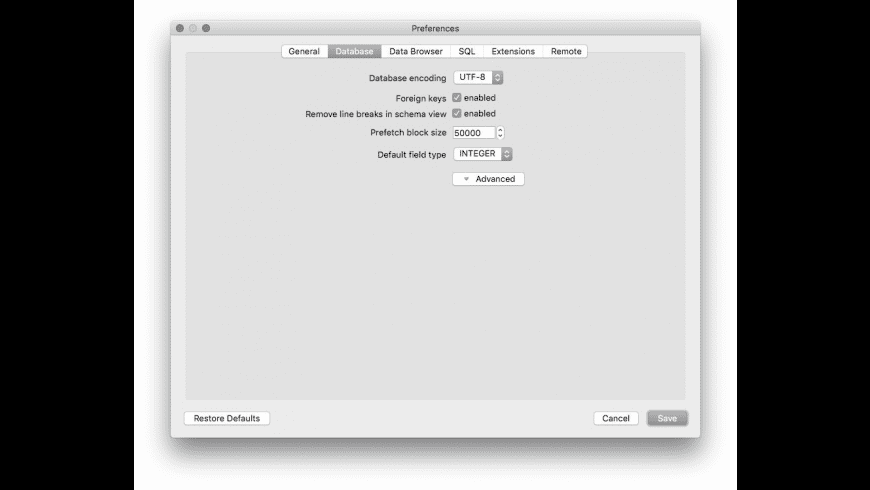


#Db browser for sqlite save blob iso#
last_change: the informational date of last change, in ISO 8601 format (for practical purposes, RFC3339 applies).identifier and description: human-readable text (“identifier” is analogous to “title”).data_type: the data type, e.g., “tiles”, “features”, “attributes” or some other type provided by an extension.

table_name: the actual name of the user-defined data table (this is also the primary key for this table).The gpkg_contents table is the table of contents for a GeoPackage. The name of the user-defined data table is the primary key for gpkg_contents and generally is a foreign key for content-specific metadata tables. The presence of other metadata tables is dictated by the content being stored (see Content Types). GeoPackages contain two mandatory metadata tables, gpkg_contents and gpkg_spatial_ref_sys. These tables fall into two categories, user-defined data tables and metadata tables. Like other relational databases, GeoPackages contain a number of tables. For versions 1.2 and later, this returns an integer representing the version number in the form MMmmPP (MM = major version, mm = minor version, PP = patch).1196444487 (the 32-bit integer value of 0x47504B47 or GPKG in ASCII) for GPKG 1.2 and greater.These statements can be executed just like any other SQL statement and where relevant, they return a result set. SQLite uses pragma statements to implement non-standard SQL functions. Using a direct SQL interface such as DB Browser is the easiest way to check a GeoPackage version. Note: For maximum interoperability, start your database identifiers (table names, column names, etc.) with a lowercase character and only use lowercase characters, numbers 0-9, and underscores ( _).
#Db browser for sqlite save blob how to#
The post also provides information on how to add the SpatiaLite extension to enable further spatial analysis in SQLite. This blog post (The section titled “Creating a GeoPackage with Reference Data”) provides an example that describes steps for creating a GeoPackage using ogr2ogr.

Similarly, if you wish to create a new GeoPackage from scratch or from an existing source file such as a ShapeFile or. Note: Search for all implementing products. You can search by specific versions of the GeoPackage standard. Additional information on specific products and versions of products that implement GeoPackage can also be found at. The GeoPackage community tries to maintain a list of operational GeoPackage implementations and this list can be found on the implementations page. We recommend choosing the GeoPackage implementation that is best suited for your operational environment. For using a desktop application, there are a number of options.For using a web application, consider using NGA’s application as long as the GeoPackage file isn’t too big.For using a direct SQL interface, consider DB Browser for SQLite.There are a number of ways to open a GeoPackage. If you are unsure whether a file is an SQLite database, you can use a binary or text editor to view the starting bytes of the file and see if they state SQLite format 3. Go back Getting Started With GeoPackage Identifying a GeoPackageĪ GeoPackage is an SQLite Database file with a.


 0 kommentar(er)
0 kommentar(er)
